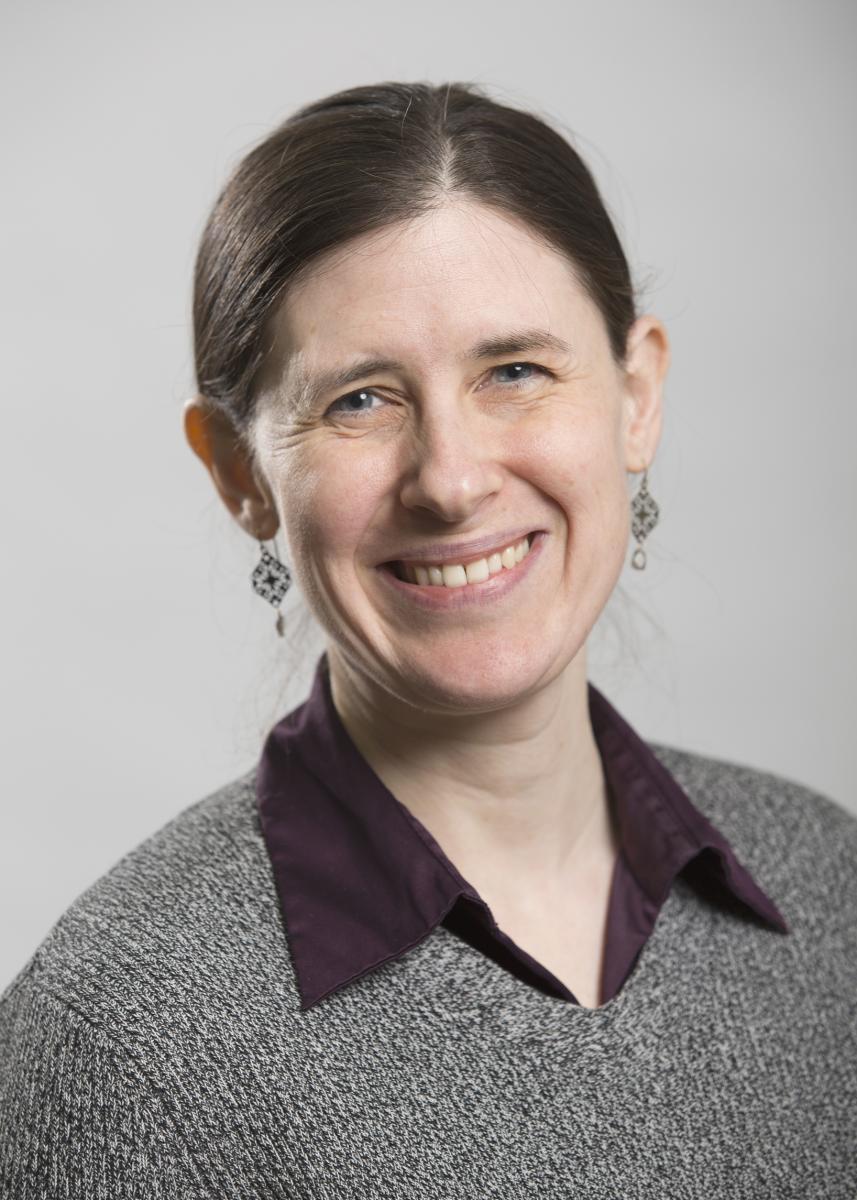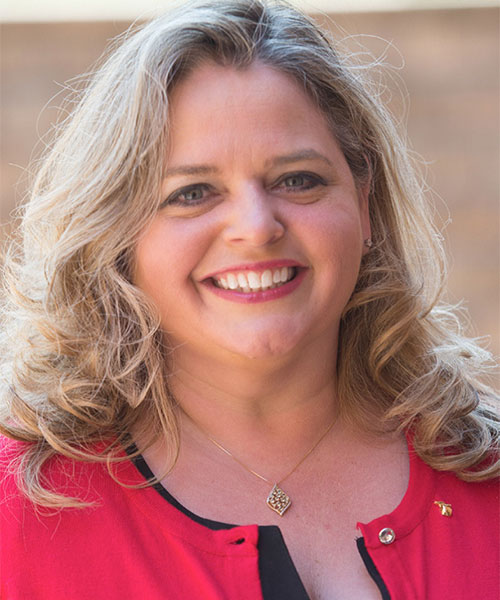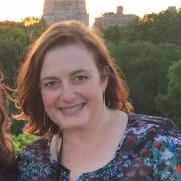"Connecting Classrooms and Researchers with the Sustainable Nano Blog" is a free webinar which was presented on Thursday, January 25th, from 7:00 – 8:00 pm EDT and featured Dr. Miriam Krause. A video of the webinar with closed captioning is available here. She discussed the Sustainable Nano blog and podcast (sustainable-nano.com) and how these outreach projects can be useful for K-12 educators.
Speaker:
|
| Dr. Miriam Krause is the Director of Education and Outreach for the Center for Sustainable Nanotechnology. Miriam oversees professional development activities for CSN trainees as well as the Center's public outreach projects. |
"Introducing Nanotechnology into the Chemistry Classroom" is a free webinar which was presented on Thursday, September 14th, from 7:00 – 8:00 pm EDT and featured Sherri Rukes, a physical science teacher with over 20 years of experience and President-elect of the American Association of Chemistry Teachers. A video of the webinar with closed captioning is available here. She covered what nanotechnology is, as well as applications from ancient time to present day. Ms. Rukes also discussed activities and ideas to teach these concepts in your classroom.
Speaker:
|
| Sherri Rukes' teaching career started over 20 years ago, and she’s been teaching at Libertyville High School in Ilinois for most of those years. She has taught physical science, all levels of physics and chemistry, and is currently teaching AP chemistry. She has presented at several conferences, done research at Northwestern University, won numerous awards, and is the President–elect for AACT (American Association of Chemistry Teachers). |
"Help! My Students Want to Know about Nanoscale Science and Engineering," is a free webinar which was presented on February 16, 2017, at 7:00 pm Eastern and featured Dr. Nancy Healy, Director of Education for the National Nanotechnology Coordinated Infrastructure. A video of the webinar with closed captioning is available here. Dr. Healy served as Director of Education for 11 years for the National Nanotechnology Infrastructure Network. Under that program, teachers in 46 of the US states participated in the NNIN's professional development programs. This webinar will provide information on how they approached teacher professional development, resources used, and why nanoscale science and engineering should be included in secondary science. Examples of lessons used and their connection to Next Generation Science Standards will be discussed. Similar efforts will continue under the National Nanotechnology Coordinated Infrastructure.
Speaker:
|
| Dr. Nancy Healy is the Associate Director for Education and Outreach for the National Nanotechnology Coordinated Infrastructure (NNCI), a National Science Foundation-funded network of user facilities featuring equipment and specialized expertise for nanoscale science and engineering R&D. Nancy oversees the NNCI’s overarching education and outreach programs such as K-12 student outreach and teacher training. She directed the National Nanotechnology Infrastructure Network’s education and outreach from 2004 – 2015. |
“An Introduction to Remotely Accessible Instruments for Nanotechnology,” is a free webinar presented on Tuesday, October 4, 2016, at 7 pm EDT. The webinar video with closed captioning is available here. Representatives from the Center for Nanotechnology Education and Utilization, Seattle’s Hub for Industry-driven Nanotechnology Education, and Maricopa Advanced Technology Education Center will discuss a fascinating way of engaging your middle and secondary students in the world of nanotechnology. Live from your classroom, you can directly connect to and operate nanotechnology equipment such as Scanning Electron and Atomic Force microscopes. There is no charge and you can even have your own students send in samples and operate the machines.
Speakers:
Robert K. Ehrmann, Managing Director at Penn State University Center for Nanotechnology Education and Utilization
Kristine Schroeder, Co-PI and Interim Center Director, Seattle’s Hub for Industry-driven Nanotechnology Education
Michael Lesiecki, Executive Director Maricopa Advanced Technology Education Center
Format:
The webinar will be presented live through AdobeConnect. Following a brief introduction, the speakers will introduce NACK and RAIN, share the experience of teachers who have used remote access, take the audience through the sign-up process for RAIN, and then the audience will view a live remote access session. The webinar will conclude with questions from the audience.
“Teaching Nanoscale Science and Engineering: A Presentation for Middle and High School Teachers,” was a free webinar presented on Tuesday, June 21, 2016, at 7 pm EDT. The webinar video with closed captioning is available here. Mariel Kolker discussed Nanoscale Science and Engineering, the high school level, year-long course she co-developed. Mariel has 16 years of teaching experience, the last 7 of which have been at Morristown High School, Morristown, NJ, where she teaches physics, engineering, and nanoscience. She worked with the Soft Materials Lab at Stevens Institute of Technology, Hoboken, NJ, to develop the course she explained. Mariel shared her approach for teaching nanoscience and is looking for feedback from the community on how to improve or expand the curriculum.
Speaker:
|
|
In addition to her 16 years of experience, Mariel Kolker is also a Project Lead the Way Master Teacher. Previous to becoming a teacher, she was a mechanical engineer with Con Edison for 11 years. She will be hosting the Nanoscience Educator Workshop, July 13th – 15th at Stevens Institute of Technology, for middle and high school teachers. |
Format:
The webinar was presented live through Google Hangouts On Air. Captioning provided during the webinar can be found here. Afterwards, the webinar will be archived on NanoTube, the NNI’s YouTube channel. Following a brief introduction, the speaker will give a presentation on the course she co-developed. This will be followed by a Q&A segment with members of the public. Questions can be submitted during the webinar through Google Hangouts On Air platform.






